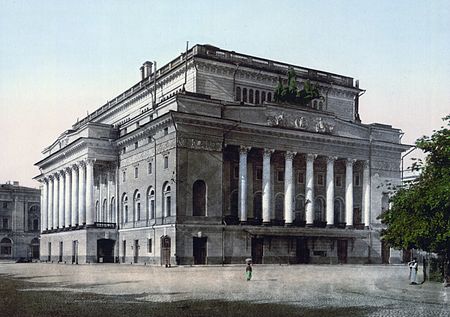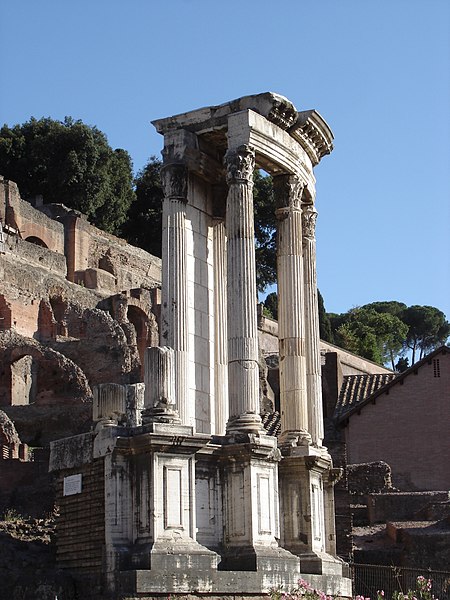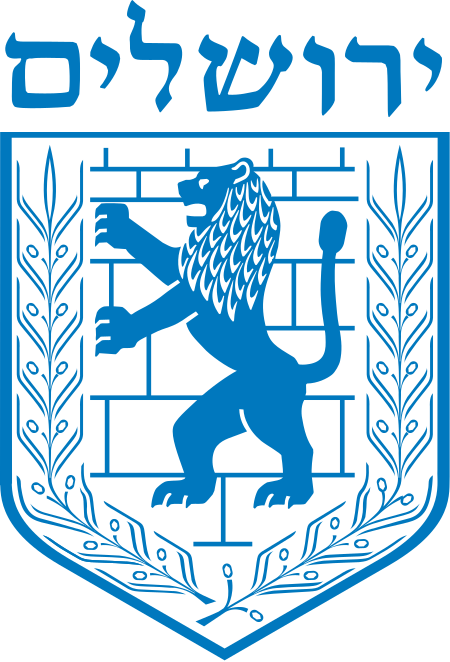Focal length
|
Read other articles:

Azerbaijani-language pop music produced either in Azerbaijan or other countries Azerbaijani pop musicStylistic originsTraditional pop, Mugham, classical music, EuropopCultural origins1950s, USSR Music of Azerbaijan General topics Musical instruments Khananda Mugham triads Art of playing the tar Dances Ballet Genres Jazz Religious [az] Military Hip hop Classical Opera Pop Rock Folk music Specific forms Traditional music Ashiq music Meykhana Mugham Tasnif Subgenres Jazz mugham Mu…

Sporting event delegationSwitzerland at theOlympicsIOC codeSUINOCSwiss Olympic AssociationWebsitewww.swissolympic.ch (in German and French)MedalsRanked 19th Gold 116 Silver 126 Bronze 132 Total 374 Summer appearances189619001904190819121920192419281932193619481952195619601964196819721976198019841988199219962000200420082012201620202024Winter appearances192419281932193619481952195619601964196819721976198019841988199219941998200220062010201420182022Other related appearances1906 Intercalated Ga…

Theater in Saint Petersburg, Russia You can help expand this article with text translated from the corresponding article in Russian. (January 2017) Click [show] for important translation instructions. Machine translation, like DeepL or Google Translate, is a useful starting point for translations, but translators must revise errors as necessary and confirm that the translation is accurate, rather than simply copy-pasting machine-translated text into the English Wikipedia. Do not translate t…

Disambiguazione – Sanremo 2020 rimanda qui. Se stai cercando la compilation dei brani del festival, vedi Sanremo 2020 (compilation). Voce principale: Festival di Sanremo. Festival di Sanremo 2020EdizioneLXX Periodo4 - 8 febbraio SedeTeatro Ariston di Sanremo Direttore artisticoAmadeus PresentatoreAmadeus con Fiorello[1] e con:Rula Jebreal (1ª serata)Diletta Leotta (1ª e 5ª serata)Laura Chimenti e Emma D'Aquino (2ª serata)Sabrina Salerno (2ª e 5ª serata)Georgina Rodríguez…

Mountain range in Somaliland This article needs additional citations for verification. Please help improve this article by adding citations to reliable sources. Unsourced material may be challenged and removed.Find sources: Ogo Mountains – news · newspapers · books · scholar · JSTOR (December 2018) (Learn how and when to remove this message) Ogo MountainsGalgodon Highlands[1]Buuraha Oogo جَبَل أوغوCal Madow, a subrange of the Ogo Mountain…

This article does not cite any sources. Please help improve this article by adding citations to reliable sources. Unsourced material may be challenged and removed.Find sources: Nonode – news · newspapers · books · scholar · JSTOR (June 2013) (Learn how and when to remove this message) Basic FM quadrature detector circuit using a nonode Nonode 6Л1П (6L1P), Manufactured in Novosibirsk, 1970 A nonode is a type of thermionic valve that has nine active elect…

Questa voce o sezione sull'argomento nobili è ritenuta da controllare. Motivo: voce infarcita di particolari piccanti, per la maggior parte a livello di pettegolezzo e con gravi carenze di fonti: si ritiene, si dice anche, una voce asseriva... Partecipa alla discussione e/o correggi la voce. Questa voce o sezione sull'argomento nobili britannici non cita le fonti necessarie o quelle presenti sono insufficienti. Puoi migliorare questa voce aggiungendo citazioni da fonti attendibili sec…

Type of architecture Tempietto del Bramante, San Pietro in Montorio, Rome, 1502, by Donato Bramante. This small temple marks the place where St. Peter was crucified.[1] The Temple of Vesta in Rome was the model for Bramante's Tempietto.[1] Palazzo Senatorio, seat of the municipality of Rome. It has been a town hall since AD 1144, making it the oldest town hall in the world.[2] Renaissance architecture is the European architecture of the period between the early 15th and e…

2016年美國總統選舉 ← 2012 2016年11月8日 2020 → 538個選舉人團席位獲勝需270票民意調查投票率55.7%[1][2] ▲ 0.8 % 获提名人 唐納·川普 希拉莉·克林頓 政党 共和黨 民主党 家鄉州 紐約州 紐約州 竞选搭档 迈克·彭斯 蒂姆·凱恩 选举人票 304[3][4][註 1] 227[5] 胜出州/省 30 + 緬-2 20 + DC 民選得票 62,984,828[6] 65,853,514[6] 得…
2020年夏季奥林匹克运动会波兰代表團波兰国旗IOC編碼POLNOC波蘭奧林匹克委員會網站olimpijski.pl(英文)(波兰文)2020年夏季奥林匹克运动会(東京)2021年7月23日至8月8日(受2019冠状病毒病疫情影响推迟,但仍保留原定名称)運動員206參賽項目24个大项旗手开幕式:帕维尔·科热尼奥夫斯基(游泳)和马娅·沃什乔夫斯卡(自行车)[1]闭幕式:卡罗利娜·纳亚(皮划艇)[2…

此条目序言章节没有充分总结全文内容要点。 (2019年3月21日)请考虑扩充序言,清晰概述条目所有重點。请在条目的讨论页讨论此问题。 哈萨克斯坦總統哈薩克總統旗現任Қасым-Жомарт Кемелұлы Тоқаев卡瑟姆若马尔特·托卡耶夫自2019年3月20日在任任期7年首任努尔苏丹·纳扎尔巴耶夫设立1990年4月24日(哈薩克蘇維埃社會主義共和國總統) 哈萨克斯坦 哈萨克斯坦政府與�…

此条目序言章节没有充分总结全文内容要点。 (2019年3月21日)请考虑扩充序言,清晰概述条目所有重點。请在条目的讨论页讨论此问题。 哈萨克斯坦總統哈薩克總統旗現任Қасым-Жомарт Кемелұлы Тоқаев卡瑟姆若马尔特·托卡耶夫自2019年3月20日在任任期7年首任努尔苏丹·纳扎尔巴耶夫设立1990年4月24日(哈薩克蘇維埃社會主義共和國總統) 哈萨克斯坦 哈萨克斯坦政府與�…

American politician For other uses of the name Gordon Johnson, see Gordon Johnson (disambiguation). This biography of a living person needs additional citations for verification. Please help by adding reliable sources. Contentious material about living persons that is unsourced or poorly sourced must be removed immediately from the article and its talk page, especially if potentially libelous.Find sources: Gordon M. Johnson – news · newspapers · books · scholar…

Abu TorLingkunganAbu Tor with view of al-Aqsa mosqueNegara Israel PalestinaDistrik IsraelYerusalemKegubernuran PalestinaYerusalemKotaYerusalem (Barat)(Timur)Zona waktuUTC+3 (EAT) • Musim panas (DST)UTC+3 (EAT) Abu Tor adalah sebuah lingkungan di kota suci Yerusalem, tepatnya di sebelah timur Israel.[1] Referensi ^ National Geospatial-Intelligence Agency. GeoNames database entry. (search Diarsipkan 2019-09-08 di Wayback Machine.) Accessed 12 May 2011. lbsLingkungan d…

Buddhist scriptures of the Theravada tradition Standard edition of the Thai Pali Canon Part of a series onTheravāda Buddhism Countries Bangladesh Cambodia China India Laos Myanmar Nepal Sri Lanka Thailand Vietnam Western world Texts Pāli Tipiṭaka Paracanonical texts Commentaries Sub-commentaries Vimuttimagga Visuddhimagga Abhidhammavatara Abhidhammattha-sangaha Yogāvacara's manual History Pre-sectarian Buddhism Early schools Sthaviras Buddhist councils Vibhajjavada Mahāvihāra Dipavamsa Ma…

Tournoi Apertura2003 Généralités Sport Football Édition 12e Date du 9 août 2003au 21 décembre 2003 Palmarès Tenant du titre CD Marathon Promu(s) Atlético Olanchano (en) Navigation Saison précédente Saison suivante modifier Le Tournoi Apertura 2003 est le douzième tournoi saisonnier disputé au Honduras. C'est cependant la 43e fois que le titre de champion du Honduras est remis en jeu. Lors de ce tournoi, le CD Marathon a tenté de conserver son titre de champion du Honduras …

Feria de la Flor Celebración del 50 aniversario en la feria de 2013.LocalizaciónPaís MéxicoLocalidad Zacatelco, MéxicoDatos generalesTipo Cultural, Turística y ArtesanalCelebrada por Sagrado Corazón de JesúsSede Plaza XochicalcoFecha 10 al 21 de junioOrganizador Patronato de ZacatelcoMotivo Expo venta de florDuración 11 díasPrimer evento 1963 Feria de Zacatelco Feria de la Flor Feria del Cacao [editar datos en Wikidata] La Feria de la Flor (originalmente: Feria de …

1995 American filmNight of the Running ManTheatrical release posterDirected byMark L. LesterWritten byLee WellsBased onNight of the Running Manby Lee WellsProduced by Dana Dubovsky Mark L. Lester George W. Perkins Starring Andrew McCarthy Scott Glenn Janet Gunn John Glover Peter Iacangelo Judith Chapman Todd Susman Wayne Newton CinematographyMark IrwinEdited byDavid BerlatskyMusic byChristopher FrankeDistributed byTrimark PicturesRelease date January 19, 1995 (1995-01-19) (U.S…

PM Narendra Modi at Darbhanga Airport First landing of cargo plane at Bihta Airforce Station Gaya Airport-Bodh Gaya Airport is located in the city Gaya in the state of Bihar, India. The Vice President, Shri Mohd. Hamid Ansari inspecting the Guard of Honour at Jay Prakash Narayan Airport, Patna on June 11, 2008 Under construction view of Muzaffarpur Airport Bihar, a state of India, has airports which have access to international flights, domestic and some non used airstrips for emergency purposes…

For the Pennsylvania state forest, see Susquehannock State Forest. This article is about the Pennsylvania State Park. For other uses, see Susquehanna State Park (disambiguation). Susquehannock State ParkIUCN category III (natural monument or feature)The view of the Susquehanna River from Susquehannock State ParkLocation of Susquehannock State Park in PennsylvaniaShow map of PennsylvaniaSusquehannock State Park (the United States)Show map of the United StatesLocationDrumore, Lancaster, Pennsylvan…

















